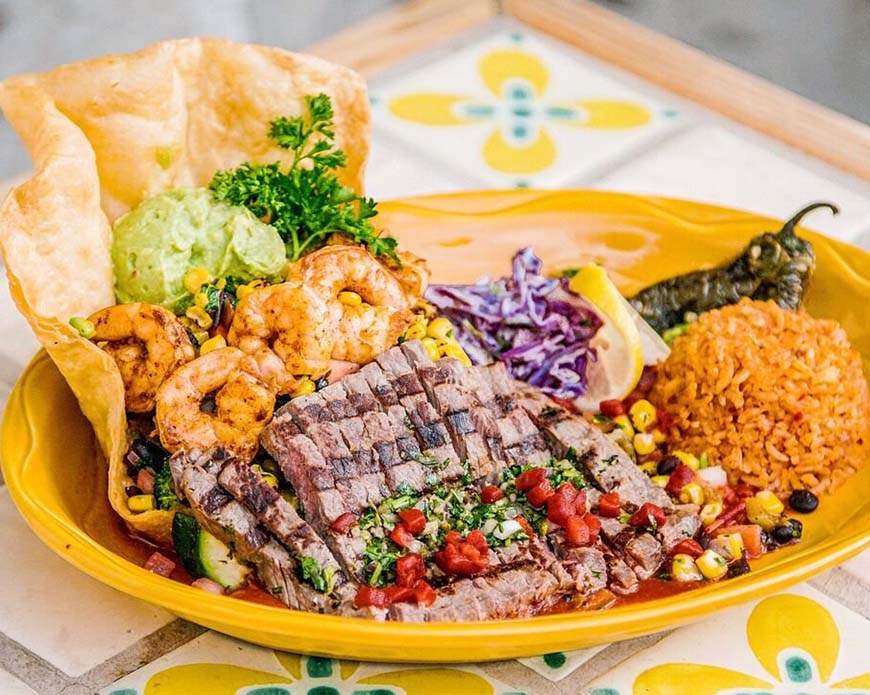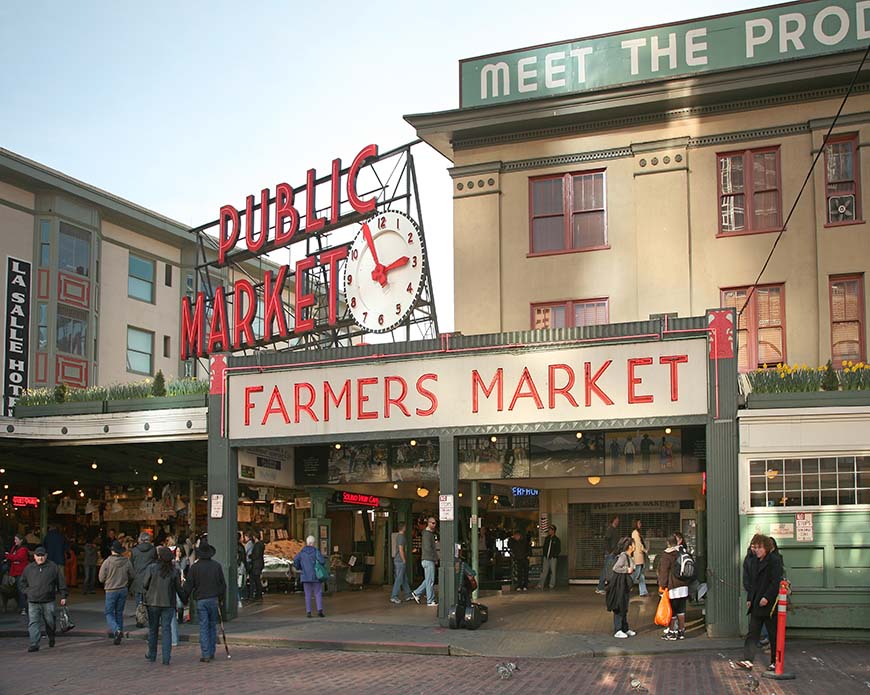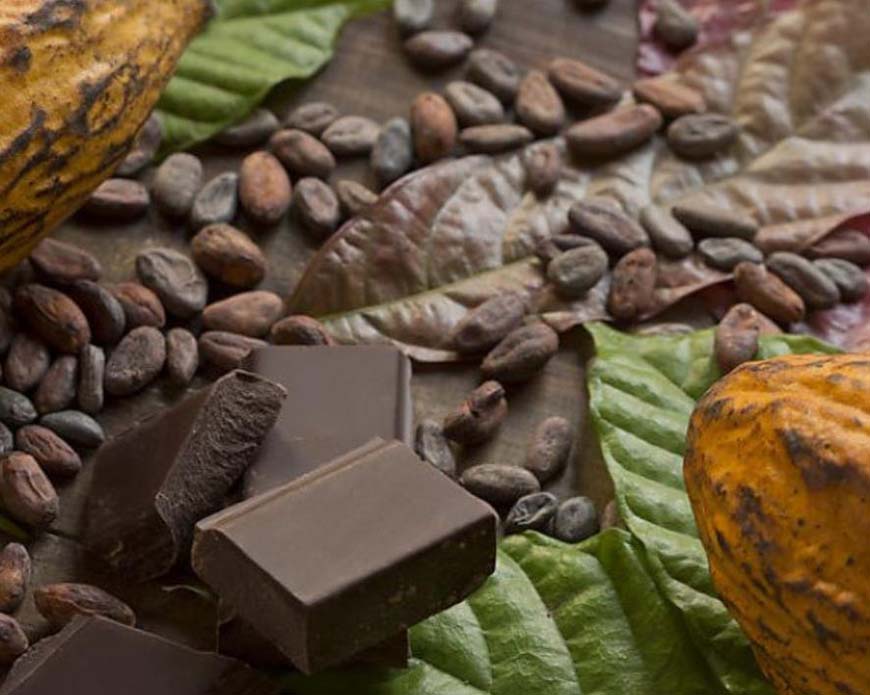Pasadena, located to the east of Los Angeles, is a unique city known for its rich historical background, charming neighborhoods, and vibrant arts scene. Within this dynamic city, its culinary culture also holds its own distinct appeal. The food scene here not only preserves traditional flavors but also blends modern innovation and diverse tastes, making it a haven for food lovers. From Spanish, Mexican, and Asian cuisines to Mediterranean and contemporary culinary experiments, Pasadena’s food culture not only reflects the city’s history but also showcases the diverse demands of modern diners.
1. Traditional Cuisine with Deep Roots
Pasadena, as part of California, is influenced by its geographical location, which has played a significant role in shaping its food culture. From the Spanish colonial period onwards, California’s culinary heritage has been deeply shaped by Spanish and Mexican influences. Similarly, Pasadena’s traditional food scene is heavily influenced by these historical roots.
1.1. Mexican Cuisine: Tradition and Transformation
Mexican cuisine is a cornerstone of California’s food culture, and in Pasadena, a city with a diverse immigrant background, it plays a significant role. Historically, Mexican dishes have been passed down and continue to evolve, blending with local ingredients and tastes. Traditional Mexican dishes such as tacos, enchiladas, and burritos are commonly seen on the streets of Pasadena, with many restaurants sticking to authentic recipes that use fresh corn tortillas, flavorful meats, and aromatic spices.
There are several long-standing Mexican restaurants in Pasadena, such as La Estrella, which has been operating for decades and preserving traditional Mexican flavors. Their “caldo” soup and stewed beef tacos are particularly popular. Behind these traditional dishes is the craftsmanship passed down through generations of Mexican immigrant families who are dedicated to using fresh, high-quality ingredients to deliver authentic flavors.
1.2. Early Spanish Influences on Cuisine
The Spanish colonial era brought with it culinary techniques and ingredients that had a lasting impact on California’s food culture. In particular, Spanish seafood dishes and grilling techniques helped shape the distinctive food style that emerged in California. In Pasadena, there are restaurants that showcase traditional Spanish dishes such as paella and tortilla española, reflecting the region’s historical culinary influences.
One such restaurant, Madrigal’s Kitchen, offers authentic Spanish stews and grilled dishes. They make use of local seafood and meats, paired with Spanish olive oil and herbs, to create rich Mediterranean flavors that echo the region’s culinary history.
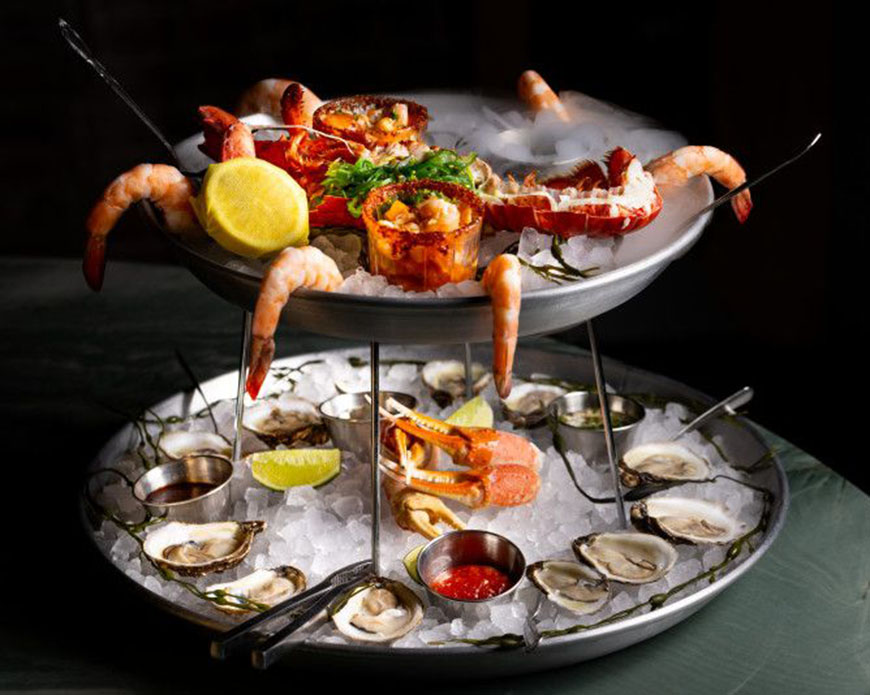
2. The Rise of Modern and Diverse Cuisine
As Pasadena has grown into a dynamic city, its culinary scene has flourished, with restaurants increasingly exploring innovative and fusion cuisines. Whether it’s flavors from around the world or the fusion of different cooking techniques, Pasadena’s modern food culture offers a wide variety of tastes and experiences.
2.1. The Rise of Asian Cuisine
In recent years, the growing Asian immigrant community in Pasadena has contributed to a flourishing of Asian cuisine. Japanese, Korean, and Chinese influences are now significant elements in the city’s food scene. Dishes like sushi, ramen, Korean barbecue, and Chinese specialties such as Sichuan and Cantonese cuisine have become increasingly popular.
For example, Ramen Tatsunoya, a restaurant specializing in ramen, serves up traditional Japanese broths that are slow-cooked to achieve rich flavors, paired with perfectly cooked noodles. The restaurant’s classic tonkotsu ramen and innovative soy sauce ramen options showcase the essence of Japanese culinary craftsmanship in Pasadena.
2.2. Mediterranean Cuisine: Modern Interpretations
Mediterranean cuisine is renowned for its healthy, light, and fresh ingredients. This culinary tradition has increasingly influenced restaurants in Pasadena, with many embracing Mediterranean techniques while incorporating modern twists. The use of fresh seafood, vegetables, and herbs makes Mediterranean dishes both flavorful and nourishing.
Smitty’s Grill is a prime example of this trend, focusing on fresh seafood and vegetables, with an emphasis on low-fat, low-sodium, and high-fiber ingredients. Their “Mediterranean Bass” dish has a refreshing and layered flavor profile that highlights the vibrant elements of Mediterranean cuisine. Contemporary Mediterranean restaurants often use local ingredients like avocado and chia seeds in salads, adding a modern, health-conscious touch to traditional dishes.
2.3. Emphasis on Local, Sustainable Produce
As people become more health-conscious, many modern restaurants in Pasadena have started focusing on using organic and locally sourced ingredients. Many establishments collaborate with local farms to bring fresh produce directly from the fields to the table, reducing processing and transportation times and ensuring optimal freshness and nutritional value.
For example, The Raymond 1886 is known for sourcing locally produced ingredients, often highlighting the region’s fresh vegetables, grass-fed meats, and locally caught seafood. Their dishes creatively combine local ingredients with international flavors, providing a modern yet grounded culinary experience that reflects Pasadena’s emphasis on sustainability and local sourcing.
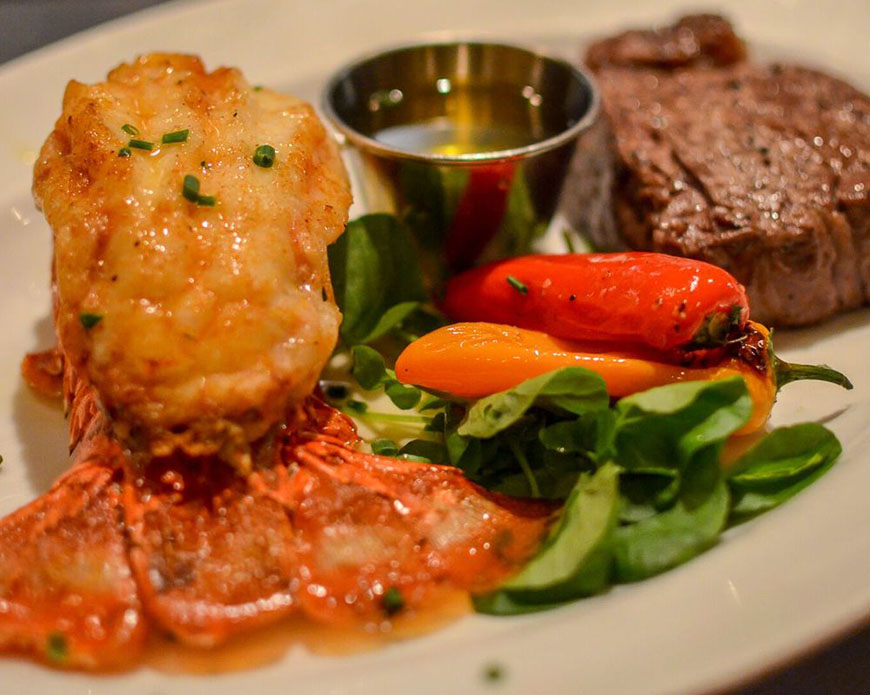
2.4. Innovative Desserts and Coffee Culture
In addition to traditional meals, Pasadena’s modern food scene excels in desserts and coffee culture. As health-conscious eating continues to grow in popularity, many dessert shops have embraced low-sugar, organic alternatives. For instance, Café Bizou offers gluten-free and low-sugar desserts, catering to the increasing number of customers who are mindful of their dietary needs.
Pasadena’s coffee culture is also thriving, with many small local cafés offering specialty coffee drinks made from locally sourced beans. Coffee Connection, a favorite local coffee spot, serves meticulously brewed pour-over coffee that reflects the city’s deep appreciation for quality and craft, attracting coffee enthusiasts from all over.
3. The Future of Pasadena’s Culinary Landscape
Today, Pasadena’s food culture stands as a harmonious blend of traditional and modern influences, innovation and heritage. With advancements in technology, the food industry is also incorporating digital tools to enhance the dining experience. This includes app-based ordering systems, smart kitchen equipment, and online food delivery platforms, all of which contribute to the convenience and variety of dining options.
However, no matter how advanced the technology, food will always remain a vital medium that connects people on an emotional level. Pasadena’s culinary culture, shaped by both tradition and innovation, is continuously evolving and will remain a vibrant aspect of the city’s identity. From the classic Mexican dishes to modern Asian flavors, from Mediterranean health-conscious meals to locally sourced organic produce, every bite reflects Pasadena’s cultural ethos and its culinary dedication.
Looking toward the future, Pasadena will likely continue to celebrate and embrace its diverse food culture, further solidifying its reputation as a destination for food lovers from around the world. Whether you’re savoring a time-honored dish or discovering a new, innovative flavor, Pasadena’s culinary scene offers a unique experience for every palate.
